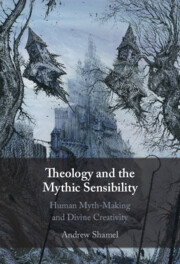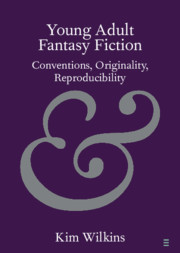This article examines the representation of climate as hyperobject — described by Timothy Morton as something that is “massively distributed in time and space relative to humans” (Morton (2013) Hyperobjects: Philosophy and ecology after the end of the world. University of Minnesota Press, p. 1) — in fantastique genres (inclusive of fantasy, speculative and science fiction, horror, supernatural and New Weird genres) that arguably characterised climate fiction’s beginnings. By positioning such climate fictions within “the literature of the impossible” (Boucher (2024) The specificity of fantasy and the “affective novum”: A theory of a core subset of fantasy literature. Literature, 4(2), 101–121), I investigate the difference between what might be considered more speculative climate fictions and the increasingly common, more realist and literary cli-fi narratives. In other words, I discuss what, now, is the “use” of the speculative and the fantastic in climate fiction when climate crisis itself is indeed real and far from “impossible.” Discussing N.K. Jemisin’s fantasy series The Broken Earth (2015–2017) and Jeff VanderMeer’s horror/New Weird series Southern Reach (2014–2024), I argue that “climate-fantastic” novels are well-positioned to narrativise climate change as a hyperobject due to the ability of speculative, fantastic genres to exceed the limitations of Western-capitalist-colonial storytelling practices. I also consider the role of speculative climate fictions in education, including the importance of reading, studying and writing into the speculative alongside the realist when it comes to climate crisis.


